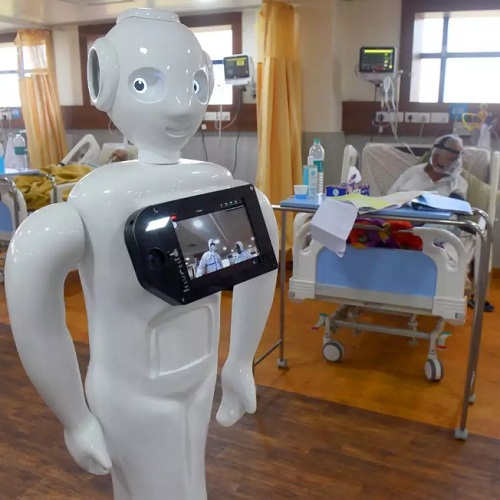A new system giving robots the ability to smartly navigate their surroundings could help to make them more effective in clinical environments such as hospital emergency departments, researchers have said.
This means they have to know how to avoid situations where clinicians are busy tending to a patient in critical or serious conditions.
“To perform these tasks, robots must understand the context of complex hospital environments and the people working around them,” said team leader Professor Laurel Riek.
To solve this, they built a navigation system dubbed the ‘Safety Critical Deep Q-Network’ (SafeDQN) around an algorithm that takes into account how many people are clustered together in a space and how quickly and abruptly these people might be moving.
This was based on observations of clinicians’ behaviour in the emergency department. When a patient’s condition worsens, a team immediately gathers around them to render aid. Clinicians’ movements are quick, alert and precise. The navigation system directs the robots to move around these clustered groups of people, staying out of the way.
The team trained the algorithm on videos from YouTube, mostly coming from documentaries and reality shows, such as ‘Trauma: Life in the ER’ and ‘Boston EMS’.
Researchers tested their algorithm in a simulation environment and compared its performance to other state-of-the-art robotic navigation systems. They found that their SafeDQN system generated the most efficient and safest paths in all cases.
They now plan to test the system on a physical robot in a realistic environment. They also believe the algorithms could be used outside of the emergency department, for example during search and rescue missions.
While the use of robotics in healthcare settings is still relatively minimal, interest in their use is growing globally. Last year, Chinese researchers designed a robot arm that can help in Covid-19 wards by performing ultrasounds, taking mouth swabs and listening to sounds made by a patient’s organs, typically with a stethoscope.
Source: E&T










